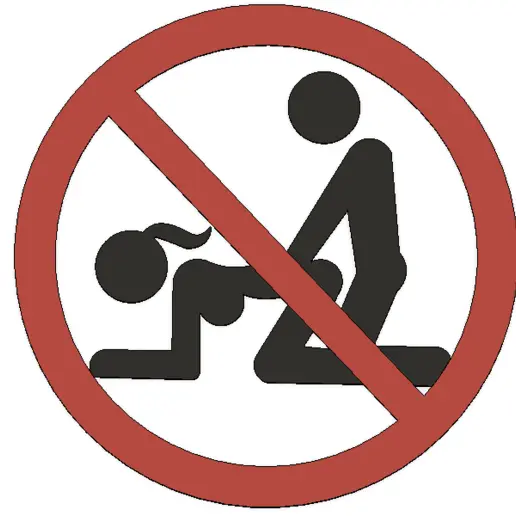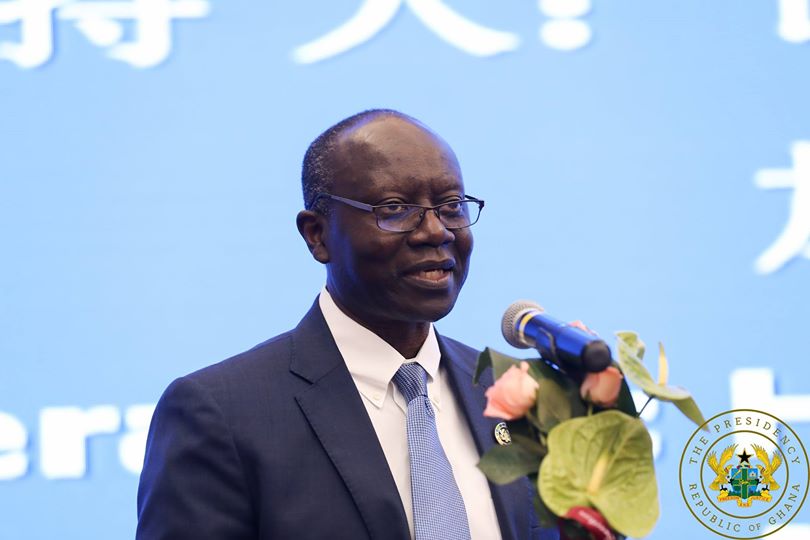Prof. Ahmed Nuhu Zakaria, Chief Executive Officer of the National Ambulance Service at the commissioning of the 307 Ambulances yesterday at the Black Star Square in Accra explained how the new system is going to work.
Speaking in a speech themed “The Birth And Growth Of The National Ambulance Service”, Prof. Ahmed Zakaria said that the NAS became a necessary intervention the country needed after the devastating occurence of the May 9th disaster at the Accra Sports Stadium in 2001 which claimed 127 lives.
“These ambulances have been equipped with state of the art advanced life support devices including all the must haves in an ambulance in order to facilitate a quick transfer of patients. It has stretchers, first aid kits, oxygen cylinders, spinal immobilization devices, portable ventilators, both adult and fe… monitors, automated external defibrillators and many others. Tracking devices, your excellency have also been installed in these ambulances…” he said whiles giving a list of the equipment all the ambulances have been armed with for emergency interventions.

Giving some more education on how the unitary number launched for all the emergency support agencies works, he said “Your excellency, please permit me to briefly take the audience through a few of the technical details as are as this number, 112 is concerned. This is how the system is going to operate after the launch; we have the sending a distress call by the user. The user has two options when in need of an ambulance. First option is calling 112 directly on your phone. The second option is calling or sending alert on the Ghana Post GPS app. If you are using the first option, calling 112 directly on your phone will require you to provide information on your location to allow for easy accessibility. Using the Ghana Post GPS app will automatically send your location, that’s your digital address to the ambulance service for a more reliable and easy accessibility. “
When this is done, call is received at the command center and routed to the appropriate quarters; the police, ambulance fire or NADMO depending on the caller’s request. The information received will then be entered on the ‘Ambu-Track’ platform with a digital address or landmark which will be used to get the location of the distress caller.
One can also make a call on the Ghana Post app which will allow the call to be received by the command center and then routed to the appropriate emergency service which is/are needed. With the Ghana Post GPS, the location of the caller is sent directly to the ‘Ambu-Track’ platform which will help for easy location of the victims.
“Alternatively, sir, the caller can access directly by going to the menu, select the ‘Ambulance’ and send a distress message. This goes straight to the Ambulance control center with the caller’s location. The information is dispatched to the ambulance center for response.
Control Centers
Control centers have been set up across the country with the National Control Center as the general overseer of all the centers as part of this to help with linking the calls to the appropriate quarters as may be needed by distress callers. It is this center that one will reach by calling the number 112 first.
Explaining how they work, Prof. Zakariah said National Command Center has a ‘bird eye view’ of all the ambulances in the country whiles other centers have same view of ambulances within their jurisdiction which helps them to locate all ambulances. Every center has control over the usage of the ambulances whiles all activities of ambulances are overseen by the National control center.
“Your excellency, the activities therefore will include the following; disarming and alarming the ambulance; this is enabled only if the ambulance is stationary. Geo-fencing the ambulance, that is the ambulance to be used within a certain range. Your excellency, setting the speed limit is also another option and this will alert you when the ambulance over-speeds beyond the speed limit. Checking the daily route of an ambulance, accepting distress calls also.” he said.
All activities of the ambulances are thus regulated by the command center to help in the effective monitoring and response of all emergency call units in the country, especially the National Ambulance Service.




















